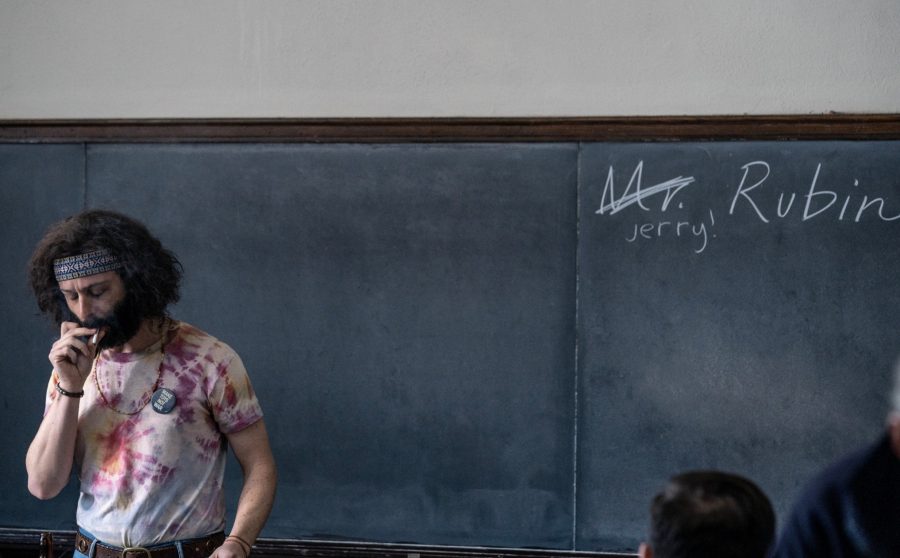Inside (2023)

6.8
Movie
TLDR
Watching this feels like entering a grand art installation that looks beautiful by all accounts, but ultimately feels hollow and lost.
What it's about
The take
Inside is a technical wonder and a fascinating vehicle for Dafoe’s character Nemo, who holds the entire thing together with a singularly insane performance. It also poses interesting questions about art, namely, what value does it hold at the end of the day? When you’re seconds away from dying of hunger and thirst, what good is a painting, a sculpture, a sketch? Are they really only as good as what they’re materially made out of or can they contribute something more? Inside plays with these questions, but unfortunately, not in any engaging, thoughtful, or creative way. The movie stretches on and on, recycling the same ideas and leaning on the inevitably disgusting ways humans survive as a crutch. An argument could be made that that is the point, to reveal the emptiness and dullness of expensive art, but Inside tries so hard to capture that feeling that it becomes the thing it critiques in the end.
What stands out
Nemo is by far the best part of Inside, and it’s the way Dafoe contorts his face to relay the slightest bit of emotion that carries the film. Director Vasilis Katsoupis seems to know this well, and so the movie will often cut to Dafoe’s face after an extended drought of events. But out of all these, there’s one expression that is seared into my brain (spoiler alert, if you plan on seeing this): it’s Nemo basking in the relief of receiving cool air from the thermostat after days of suffering from heat, only to then realize that the temperature will go lower and lower, and his fiery hell hasn’t actually vanished but was only replaced with a freezing nightmare. This feeling, a mixture of relief and terror, happens within milliseconds and Dafoe (not that anyone is surprised) expertly captures it in every inch of face.
Comments
Your comment
UP NEXT
UP NEXT
UP NEXT
Curated by humans, not algorithms.

© 2025 agoodmovietowatch, all rights reserved.



















